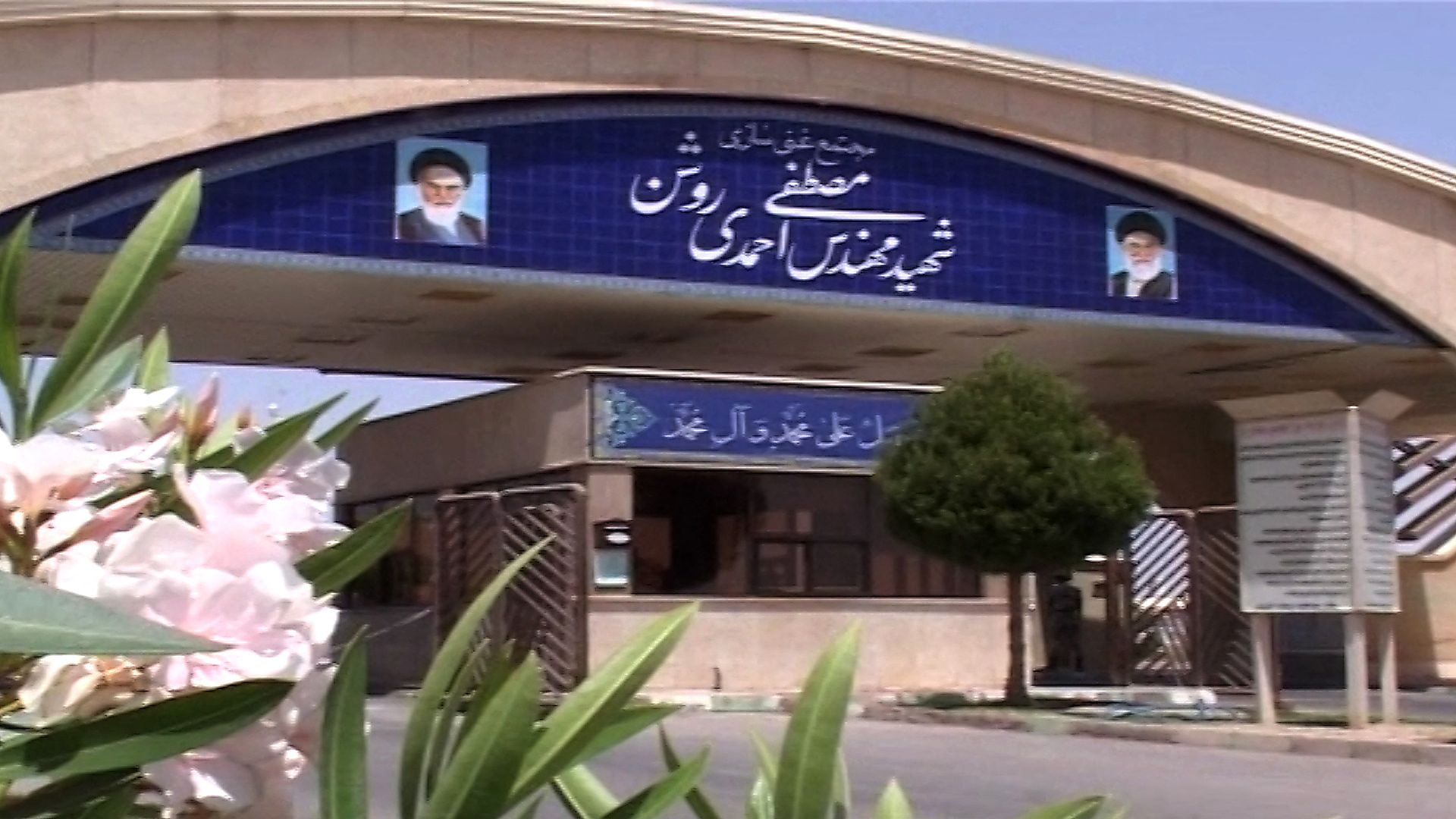A workshop for producing uranium centrifuge parts has started operating in Natanz with machines previously used in a facility in Karaj.
The International Atomic Energy Agency was informed of the transfer of the machines to the Ahmadi Roshan complex on April 4 and its inspectors verified that the machines had all been inactive, according to Mohammad Reza Ghaebi, Iran’s acting ambassador to IAEA.
“On April 12, the agency finished installing its surveillance cameras and removed its seals from the machines on the same day,” he said, IRNA reported.
Iran also informed the agency on April 13 that the machines had started operating in the new location as of that date, he added.
The workshop at the TESA Karaj complex was the victim of apparent sabotage last June that Iran blamed on its arch-foe Israel.
On January 19, Iran informed the agency that it intended to produce centrifuge rotor tubes and bellows at a new location in Isfahan, instead of the TESA Karaj complex, and that the agency could adjust its surveillance and monitoring measures accordingly.
The IAEA then placed seals on machines at Karaj and removed its cameras there, announcing that production at Karaj had ceased. It began installing its surveillance cameras in the new location on Jan. 24.
No Access Yet
The IAEA director general notified member states of the operation of the new workshop in a confidential report on Thursday.
Apart from monitoring members’ adherence to safeguards protocols, the global watchdog was also put in charge of monitoring Iran’s implementation of the 2015 nuclear deal, known as the Joint Comprehensive Plan of Action, which curbed the country’s nuclear activities in return for sanctions relief.
The recent report was part of the director general’s supervisory role under the JCPOA—and United Nations Security Council Resolution 2231 that endorsed it—to regularly update member states about the latest developments and provide technical information about Iran’s nuclear activities, according to Ghaebi.
Iran, however, has been exceeding the limits of the JCPOA in response to the United States’ withdrawal in 2018 and its reimposition of sanctions that jeopardized the country’s economic interests promised by the deal.
One of such countermeasures was restricting IAEA inspections, although Iran later agreed to keep surveillance cameras recording at key nuclear sites, refraining from sharing the footage with the agency until those sanctions were removed.
“The agency will have no access to the footage of the installed cameras and so long as Iran has not returned to full implementation of JCPOA, the data will not be shared with the agency and will remain with Iran,” Ghaebi said.
Negotiations have been underway for a year in the Austrian capital Vienna to revive the JCPOA by working out how both the US and Iran can resume full compliance.
The talks have made great progress, but have been stalled for about a month over a few remaining differences.
To remove obstacles to the conclusion of Vienna talks, Iran has also reached an agreement with the IAEA on clarification of outstanding safeguards issues related to nuclear material at three sites that the agency suspects Iran failed to declare.
Iran has provided written explanations which are being reviewed by the agency.
The director general is expected to finally report his conclusion by the June 2022 Board of Governors’ meeting.


